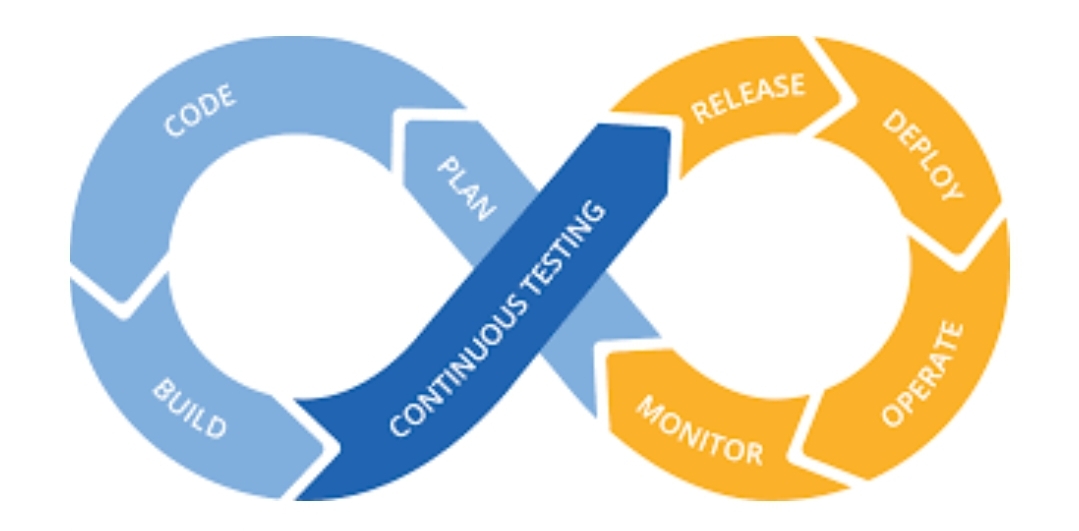
The market is becoming more and more competitive every day. Hence to provide a tool that stands out in every respect is essential. Starting right from which OS ( Windows or Linux, or Mac) the app is to be based, till the app’s user-friendliness after delivery, everything matters. Companies cannot take a chance on anything to lead them a step behind in the competitive market. To deliver such quality product testing methods are the core factors. And continuous testing is one such method. There are many tools available in the market to perform continuous testing that works on various operating systems like Windows, Linux, and many more. So, come along with us as we take you through what is continuous testing and 5 reasons as to why it is important.
Continuous Testing:
As the name suggests, continuous testing is repetitive testing done to make the product a quality one. This testing comes under the Software Development Lifecycle. It starts right from the development plan to choosing the right Operating system, i.e., Windows or Mac, until the delivery of the final product. Continuous Testing provides actionable feedback at each stage of the delivery pipeline. Continuous testing entails running the appropriate set of tests at the proper level of the delivery pipeline without causing a bottleneck.
Scope of continuous testing:
Benefits of Continuous Testing:
- Fast and Continuous feedback: The purpose of continuous testing is to offer quick and consistent feedback on the amount of business risk in the most recent build or release candidate. This data can then be used to determine whether or not the program is ready to move through the delivery pipeline at any particular time.
- Improves test coverage: Because CT starts with the beginning development stage of implementing newly written code, it evaluates all features and potential mistakes. With correct CT implementation, testers and developers may be confident that all significant issues in the application will be spotted early on — before integration.
- Time Saving approach: Because testing begins early and continues indefinitely, application risks are exposed immediately after they are introduced. Development teams can then prevent those issues from moving to the SDLC’s next level. This decreases the time and effort required to detect and fix issues. As a result, the speed and frequency with which quality software is provided can be increased.
- Error Free outputs and Cost efficiency: CT is critical in providing error-free outcomes. Errors are to be expected when the code is changed. When it comes to identifying and eliminating problems early in the development lifecycle, CT ensures a shorter turnaround time. This lowers the overall cost of error resolution. When a change is detected early in the development cycle, the cost of change is often lower. This is when CT comes in handy.
- Easy Implementation: Almost all organizations considering CT are concerned about the aspect of integrating the continuous testing with the CI/CD pipeline without the help of any new tools. But a company that does not already have a CI/CD implementation should consider starting one right away to gain quantitative benefits. Begin by developing a DevOps strategy that incorporates continuous testing.
Conclusion:
Continuous testing is an excellent technique to ensure that your product is introduced to the market at the level of quality that your customers demand. Continuous testing (CT) offers cost-effective and speedy releases by finding flaws early in the development cycle, allowing for more efficient development and lower overall project costs. There are various tools available in the market that support web, API, mobile, and desktop applications testing across Windows, macOS, and Linux operating systems.

